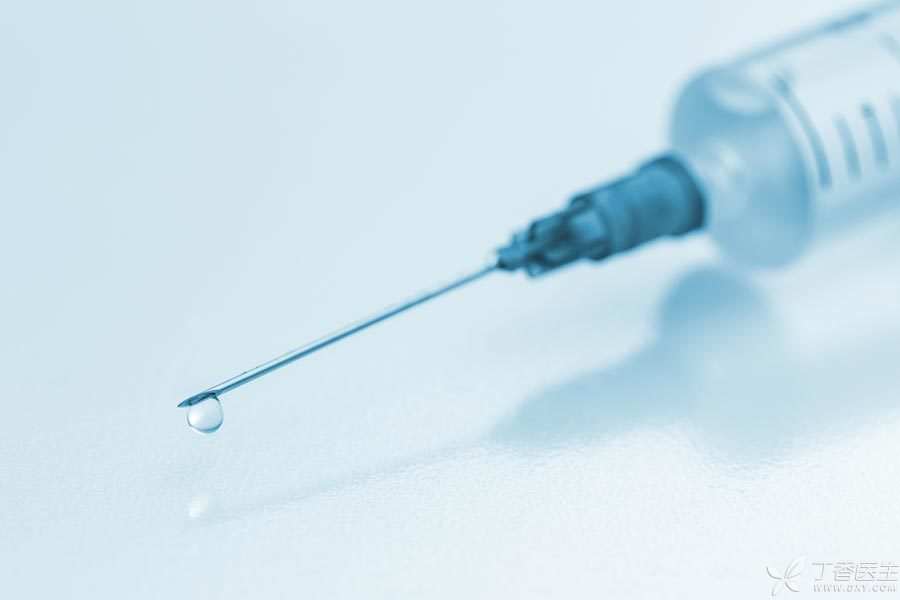
It is said that mothers with Rh negative blood should pay attention when pregnant with babies, but many panda blood mothers do not know whether they should pay attention to some what.
Compared with other mothers, panda blood mothers need to bear additional what risks during pregnancy. What aspects should they pay special attention to?
This article makes this matter clear.
1. Blood preparation during childbirth
In China, there are already few people with Rh negative blood (or they will not be called [panda blood]). Usually, the stock of Rh negative blood in the blood center will be relatively small. In addition, ABO blood type matching needs to be considered, so there is less choice.
Therefore, it is very important to prepare blood in advance for Rh negative pregnant women who are at risk of massive hemorrhage during delivery.
Of course, hospitals will not fail to deliver babies because they do not have blood ready, but only when they have preparation can they have no trouble.
2. Neonatal hemolysis
Is what a neonatal hemolysis?
Because it is different from the blood type of the fetus, the antibody in the mother’s body may attack the baby’s red blood cells, causing the baby’s red blood cells to be destroyed, which is called neonatal hemolysis.
According to the presence or absence of D antigen on the erythrocyte surface, human blood types can be divided into Rh positive and negative.
If the pregnant woman is Rh negative blood, there is neither D antigen nor D antibody in her body.
If you accidentally come into contact with D antigen, such as Rh positive blood transfusion, or during pregnancy, a small part of fetal red blood cells enter the mother’s body, it will induce the mother’s body to produce D antibody. When the panda blood mother is pregnant again, the D antibody in the body may increase and enter the fetal blood, attacking the fetal red blood cells, causing the fetus to have hemolysis symptoms.

Why does the first baby seldom have hemolysis?
As mentioned earlier, hemolysis is because the mother’s antibody attacks the baby’s red blood cells. However, the panda blood mother itself does not have D antibody, which will only be produced after being exposed to D antigen. The way to come into contact with D antigen is generally to inject Rh positive blood, and to come into contact with D antigen substances in nature or the baby’s positive blood into the mother’s body.
However, Rh blood type will be tested for blood transfusion in hospitals now, and only those with matching types will be transfused. Rh antigen rarely exists in nature. The production of D antibody usually takes 2-6 months, when the first baby is usually born. Therefore, hemolysis rarely occurs in the first baby.
The D antibody produced during the first pregnancy will greatly increase the probability of hemolysis of the baby conceived after the panda blood mother. And with the progress of pregnancy, the antibody level is likely to continue to rise.
What does panda blood mother need to do?
After hemolysis occurs, the fetus will suffer from anemia, edema, hepatosplenomegaly and jaundice. In severe cases, the fetus will die of hypoxia, circulatory and respiratory failure, bilirubin encephalopathy, etc.
Generally speaking, Rh negative pregnant women begin to detect anti-D antibody at the 16th week of pregnancy and then review every 2-4 weeks.
If the titer of Rh antibody rises to 32 or above, the level of amniotic fluid bilirubin increases, suggesting that Rh hemolytic disease may occur. Timely intervention should be considered.
Ultrasound examination is also used to understand whether the fetus has intrauterine hemolysis and to judge the degree of hemolysis.
A series of examinations after birth and by observing the time and degree of jaundice, hemolysis can be preliminarily judged.
During pregnancy, panda blood mother must be on time pregnancy test, closely monitor the status of the fetus. After 28 weeks, pay attention to fetal movement and find abnormalities in time. If amniotic fluid suddenly increases, pregnant women’s abdominal distension, abdominal circumference increases, or fetal movement abnormalities, please seek medical treatment in time to find out the reason.

3. Anti-D immunoglobulin at first fetus
The commonly used anti-D immunoglobulin is mainly used to prevent mothers from producing antibodies, thus preventing neonatal RH hemolysis.
In general, anti-D immunoglobulin needs to be used at 28 weeks of pregnancy and then reused within 72 hours after delivery.
In addition to normal pregnancy, immunoglobulin is also recommended to be used within 72 hours for Rh negative blood women if they pass through labor or undergo ectopic pregnancy surgery.
However, because the number of Rh negative people in China is relatively small and the amount of Rh used is relatively small, foreign pharmaceutical companies are not willing to spend so long and so much energy to enter the Chinese market through the registration of the Chinese Drug Administration. Therefore, in mainland China, this immunoglobulin is not produced by manufacturers or batch numbers.
Mothers who need it can only purchase it from abroad or Hong Kong and Macao, and have to find hospitals willing to help with the injection.
It should be emphasized that anti-D immunoglobulin has only preventive and no therapeutic effect. Panda blood mothers who have already produced antibodies will not have any effect if injected again.
The above three points are what panda blood mothers need to pay more attention to when they are pregnant than other mothers. Knowing this, is there less anxiety and confusion?
If there are any questions from what, please leave a message in the comment area. If you have any questions, Dr. Clove will answer them.
